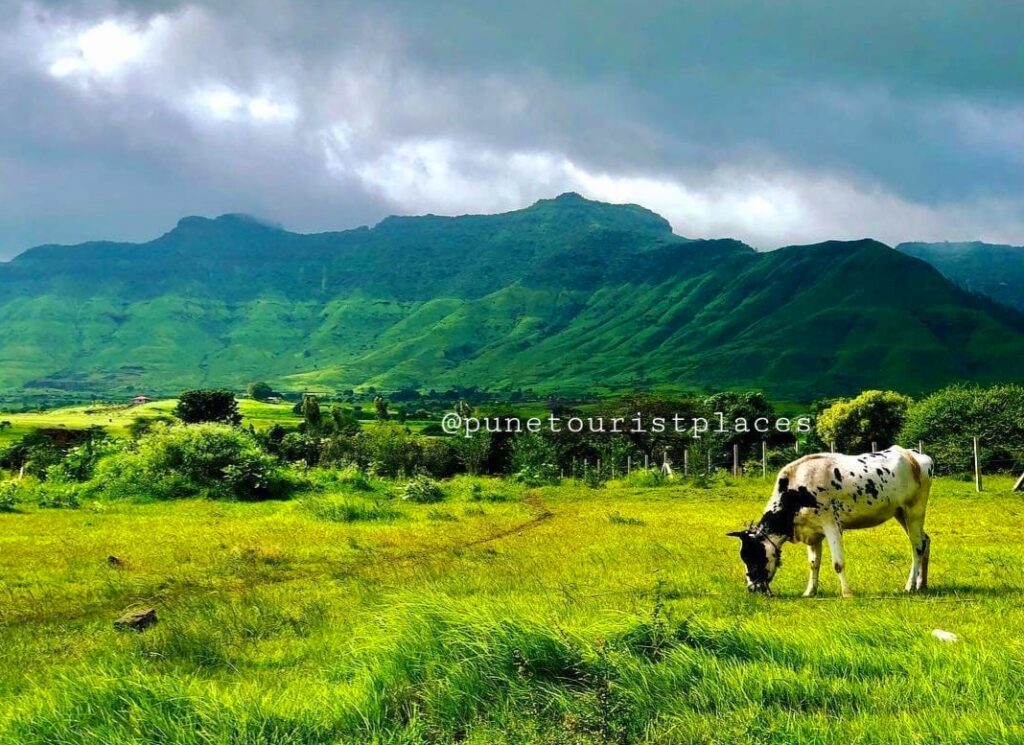Introduction
Purandar Fort is a historic hill fort located in the Western Ghats of Maharashtra, India. It is situated in the Pune district, approximately 50 kilometers southeast of Pune city. The fort is known for its strategic location and historical significance.
Details about Purandar Fort:
- History:
Purandar Fort has a rich history that dates back to the Yadava dynasty in the 11th century. It was later controlled by various rulers, including the Bahmani Sultanate, the Nizamshahi Sultanate, and the Maratha Empire under the leadership of Chhatrapati Shivaji Maharaj.
- Architecture:
The fort is built on a mountain ridge with a triangular shape. It has two main parts: the upper or Balekilla fortification and the lower or Machi fortification. The fort has sturdy walls, bastions, and several gateways. It also houses various structures like temples, water tanks, and residential buildings.
- Significance:
Purandar Fort played a crucial role in the defense and control of the surrounding region. It served as a stronghold during several battles and was considered an important strategic fort during the Maratha rule. The fort’s association with Chhatrapati Shivaji Maharaj adds to its historical significance.
- Birthplace of Sambhaji Maharaj:
Purandar Fort is also known as the birthplace of Sambhaji Maharaj, the son of Chhatrapati Shivaji Maharaj and the second ruler of the Maratha Empire. His birth on the fort is marked by a memorial dedicated to him.
- Trekking and Tourism:
Purandar Fort is a popular destination for trekking enthusiasts and tourists. The trek to the fort offers panoramic views of the surrounding hills, valleys, and villages. Visitors can explore the fort’s structures, enjoy nature, and experience its historical charm.
- Restoration and Conservation:
Efforts have been made to restore and preserve Purandar Fort. Various conservation projects have been undertaken by the government and local authorities to maintain its historical integrity and promote tourism.

Information
Purandar Fort is a hill fort located in the Sahyadri mountain range near the city of Pune in Maharashtra, India. The fort is situated at an elevation of 4,472 feet (1,387 meters) above sea level and is known for its historical significance and natural beauty.
The fort was built during the reign of the Yadava dynasty in the 11th century and was later captured by the Bahmani Sultanate. It was then under the control of the Adil Shahi dynasty until it was captured by Shivaji Maharaj in 1646. The fort played an important role in the Maratha empire and was used as a strategic military base.
The fort is known for its unique architecture, which includes a double-walled structure and a steep slope on one side that makes it difficult for enemies to climb. The fort also has several temples, including the famous Purandeshwar temple, which is dedicated to Lord Shiva.

